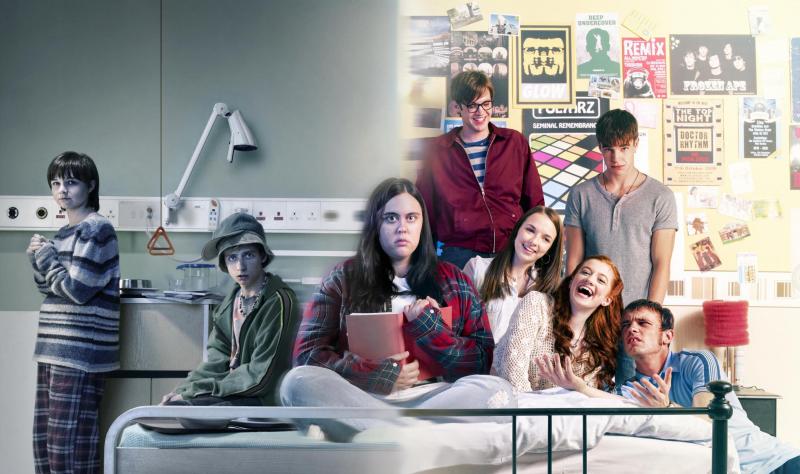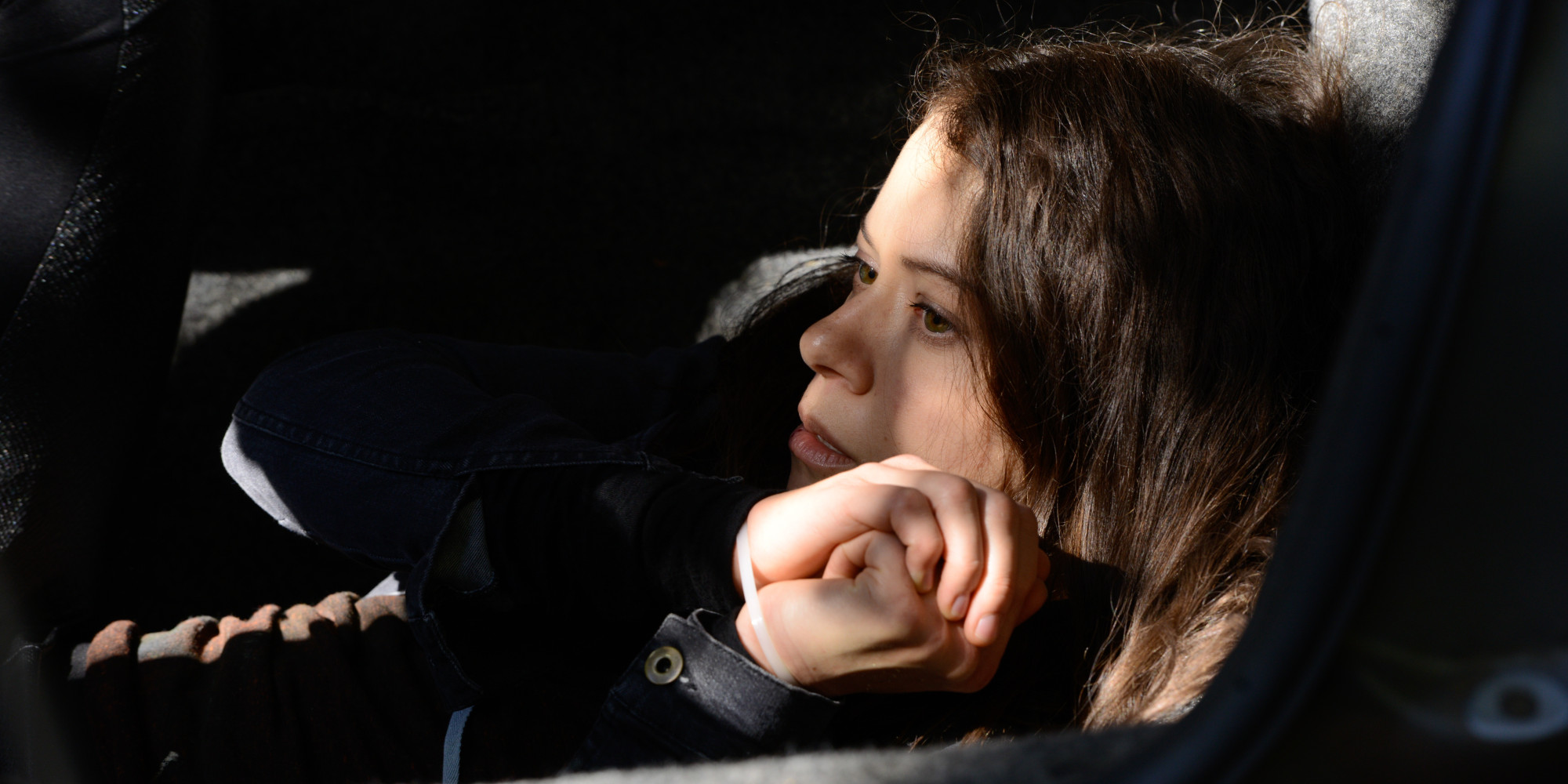- film plays on sexual difference
- sexual difference controls images, spectacle and 'erotic ways of looking'
- patriarchal society unconsciously influencing film form
Phallocentrism 1. Relating to or reflecting a perspective that is predominantly or exclusively male.
Laura Mulvey asserts that it:
- 'depends on the image of the castrated woman to give order and meaning to the world'
- a woman's 'lack that produces the phallus as a symbolic presence, it is her desire to make good the lack that the phallus signifies'
- a woman 'first symbolises the castration threat by her real absence of a penis and thereby raises her child into the symbolic'
- her child is the 'signifier of her own desire to possess a penis'
- 'women then stand as a symbol in patriarchal culture for the male other'
- men can 'live out their phantasies and obsessions... by imposing them on the silent image of a woman, tied to her place as a bearer of meaning, not a maker of meaning'

- 'Destruction of pleasure is a radical weapon'
- hollywood is skilled at manipulating visual pleasure
- 'mainstream film coded the erotic into the language of the dominant patriarchal order'
The cinema offers many pleasures:
- Scopophilia - looking itself is a source of pleasure, 'erotic base for pleasure in looking at another person as an object' 'pleasure in using another person as an object of sexual stimulation through sight'
- 'producing for [the audience] a sense of separation and playing on their voyeuristic phantasy'
- conditions of screening and narrative conventions give the spectator the illusion of looking in on a private world'
- develops scopophilia in a narcissistic sense - child imagines mirror image to be more complete than actual body according to Jacques Lacan, 'misrecognition as superior projects this body outside itself as an ideal ego', ;the cinema has structures of fascination strong enough to allow temporary loss of ego while simultaneously reinforcing the ego'
- hence pleasure can also come from 'identification with the image seen'

How this is affected by gender:
- pleasure in looking has always been split between male/active and female/passive'
- women have a 'traditionally exhibitionist role' where they're 'simultaneously looked at and displayed'
- 'the determining male gaze projects its fantasy onto the female figure'
- women's appearance is strongly coded with to be looked-at-ness
- 'she holds the look, plays to and signifies male desire'
- 'her visual presence tends to work against the development of a story line'
- traditionally the woman displayed has functioned on two levels: for characters with story and for audience
- 'according to the principles of the ruling ideology... the male figure cannot bear the burden of sexual identification. Man is reluctant to gaze at his exhibitionist like'
- 'as the spectator identifies with the main male protagonist, he projects his look onto tht of his like'
- 'the controlling male gaze within the screen scene'

Summary:
'The image of a woman as (passive) raw material for the (active) gaze of the man'
'woman as representation signifies castration inducing fetishistic or voyeuristic mechanisms to circumvent her threat'
'the satisfaction, the pleasure and privilege of the 'invisible guest''





